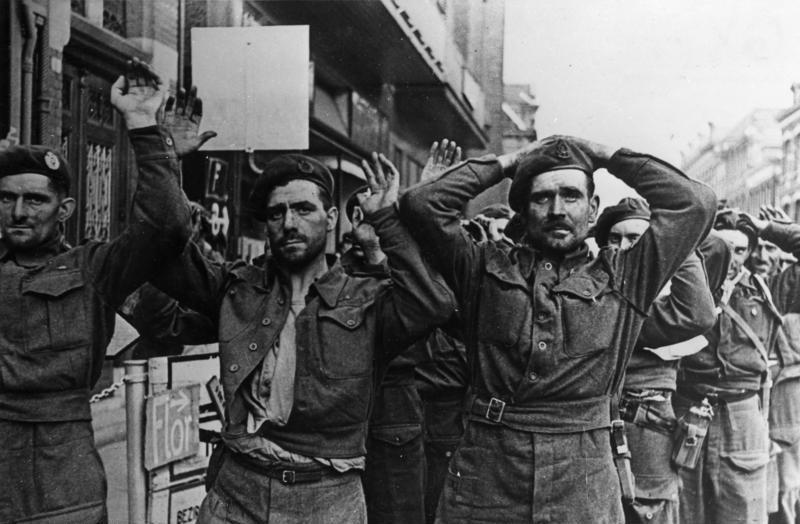Richard Attenborough’s masterful film A Bridge Too Far was adapted from Cornelius Ryan’s book of the same name. It throws the audience into the midst of one of the greatest military failures of the Second World War.
The story follows the men of the 1st Allied Airborne Army, made up of combined British, Polish and American airborne units, as well as the armored divisions of Britain’s XXX (30) Corps.
These men were involved in one of the largest and most daring operations of the war: Market Garden.
The film leaves little to the imagination, but this is the real story of the British 1st Parachute Division and Polish 1st Independent Parachute Brigade.
Planning
Airborne unit commanders were informed of the plan on September 11, 1944. They were also told they had less than seven days to prepare.
The landings were to take place between 1300 and 1400 hours on September 17. The objective for the British and Polish Paratroopers was the Arnhem Bridge, a major crossing over the Rhine, and access to Germany’s industrial heartland.
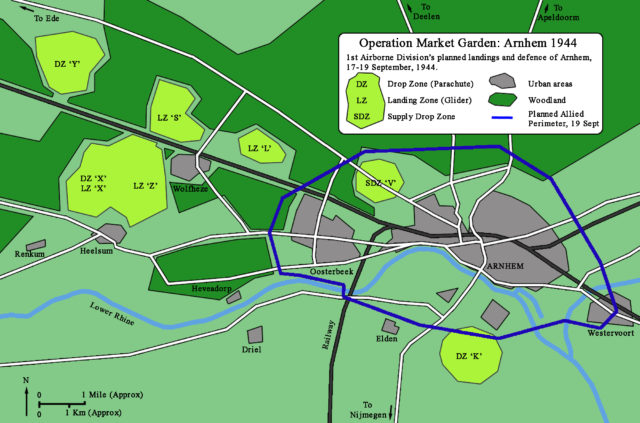
Preparation began immediately, but so too did the problems. The British drop zones were 8 miles from their intended target, forcing the lightly armed men to fight their way on foot.
The initial reconnaissance and intelligence reports suggested a lightly armed and beleaguered German defense, so this would not be an issue. However, further reports and some limited reconnaissance photographs indicated that two German SS Panzer divisions had moved into the area.
The high command was under intense political pressure to make more progress into Germany. Any misgivings or arguments about the plan were either dismissed or never raised, for fear of political backlash.
Almost every unit commander had worries, but they hid their feelings and pushed forward regardless.
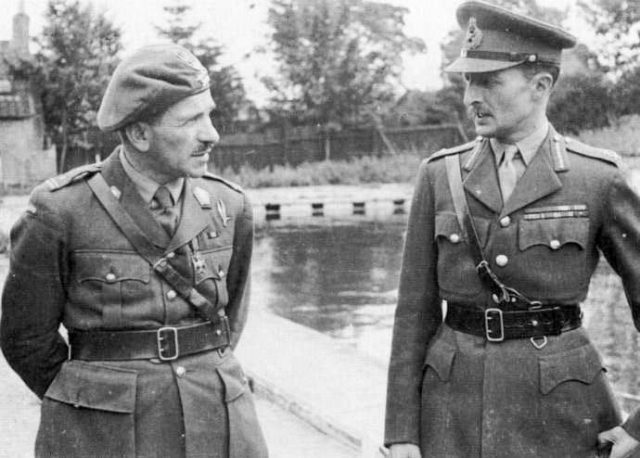
Day 1 The Initial Drop
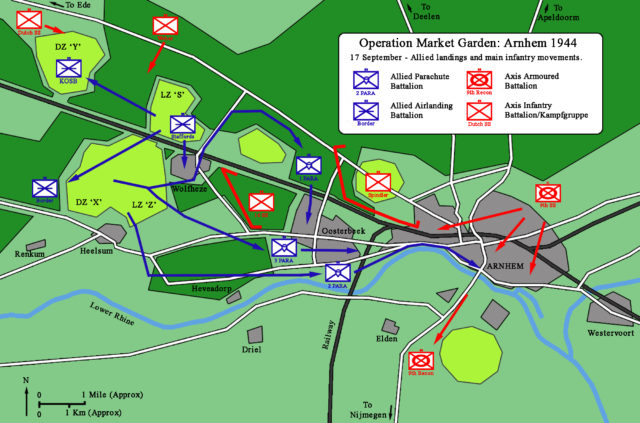
1240, September 17, 1944, men of the 21st Independent Parachute Company hit the ground near Arnhem. They were the pathfinders for the first wave of the British Airborne Division, which arrived in force by 1445.
Soon after landing and after the Parachute Battalions started marching on the bridges, problems were already appearing.
First, the radios issued were faulty, leading to intermittent communication with the high command.
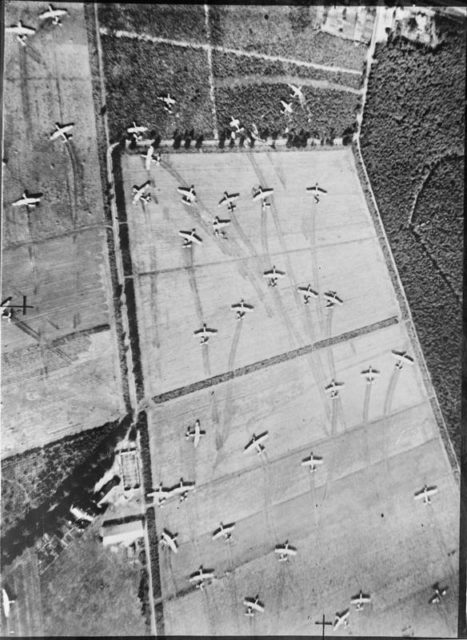
Then they ran into much stiffer resistance than expected. Elements from an SS Training and Replacement Battalion was unexpectedly encountered between the glider drop zones and Arnhem itself.
The reconnaissance jeeps which were supposed to spearhead the assault into the city were forced to withdraw, leaving lightly the armed paratroops up against a stiff defensive line without any reconnaissance to guide them past enemy strong points.
The British troops skirted around the German line and dug in for the night. One group, of about 745 men, under Lieutenant-Colonel John Frost, was able to sneak into Arnhem itself, and secure the northern end of the bridge.
Days 2-4 “Out of ammunition. God save the King.”
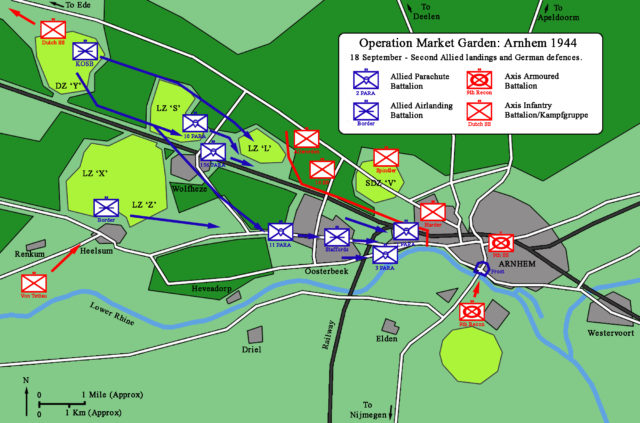
As operations continued, the British forces were compelled unable to break through to the Bridge. These costly and increasingly desperate attacks against a strong German blocking line which was supported by heavy armor cost the British most of their 1st and 3rd Parachute Battalions.
They had no other option than to retreat and dig in, while German troops continued to mass around them. Meanwhile, during this critical phase of the operation, Major General Urquhart was separated from his HQ for almost 48 hours. He was forced into hiding in a Dutch family’s home until finally relieved by advancing paratroopers.
The remaining forces outside Arnhem were forced into a perimeter around Oosterbeek, to the west of Arnhem. This isolated the 2nd Battalion at the north side of the bridge, who were now in a desperate fight to maintain their position and control over the bridge.
On the September 18th, German armor tried to cross the bridge but was repelled. The airborne units had fortified the buildings around the bridge, constantly moving between them, to make as difficult a target for the enemy as they could.
By the 3rd day, German armor, mortars, and artillery had begun systematically destroying the buildings north of the bridge.
The British position was becoming more desperate by the hour.
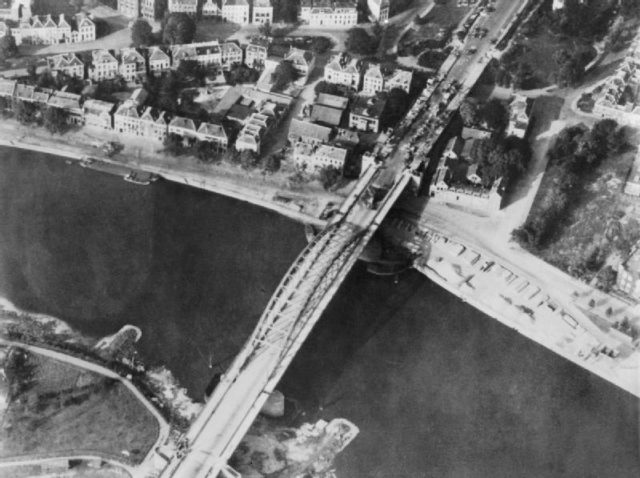
After three days and four nights of constant heavy fighting, a last-ditch defense of the British position continued until they ran out of ammunition.
In the morning, a final radio message went out to Airborne HQ in Oosterbeek. It ended with “out of ammunition, God save the King”.
A breakout to Oosterbeek was attempted, but none made it.
The remaining 100 men of the 2nd Battalion surrendered, the bridge was back under German control.
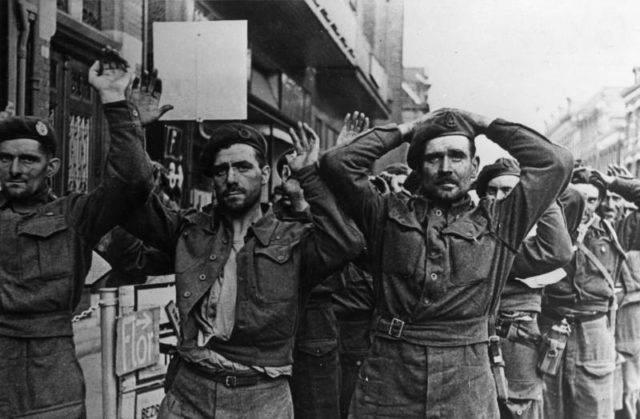
Days 5-9 Survival, Reinforcement, and Evacuation
Finally, on Day 5, Polish troops arrived, although due to fog over England in smaller numbers than initially intended and on the wrong side of the river. They did manage to take some pressure of the British forces in Oosterbeek.
River crossings were attempted, to bring supplies and reinforcements to the British troops, but failed and only very few Polish soldiers managed to make it into the perimeter. Finally, an evacuation was attempted on the 9th day.
By now XXX Corps had arrived to provide artillery cover. Major General Urquhart ordered a staggered retreat, with each line falling through the one behind it, allowing them to support each other along its entire length.
The plan succeeded, and 2,163 British Airborne troops, 160 Poles and 75 men of the Dorset Regiment made it across the Rhine and back into allied lines.
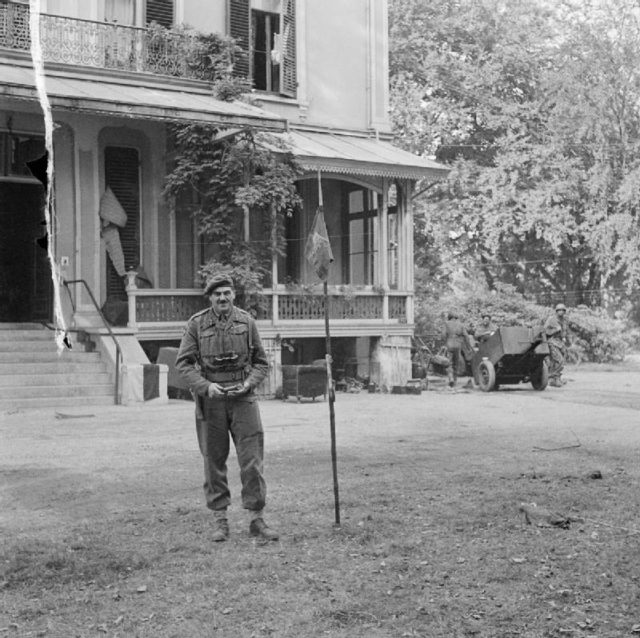
When daylight came, German troops swarmed into the village, finding it mostly abandoned. They did take over 600 prisoners, made up mostly of wounded men, unable to walk.
There were some small resistance pockets of men, who, with no radio contact, were unaware of the evacuation plan.
Aftermath
Urquhart had gone into the operation with over 10,000 men and came out with barely 2,000. This devastating defeat stalled Allied advances toward Germany for the rest of 1944, and as winter approached no new major offensives could be undertaken in that direction.
Operation Market Garden and the Battle of Arnhem specifically became legend. A Bridge too Far does a fantastic job in capturing this story, giving new life to the heroism and determination of the men who, despite all odds, refused to give in until the very end.
It should be required viewing for anyone with an interest in this period.
